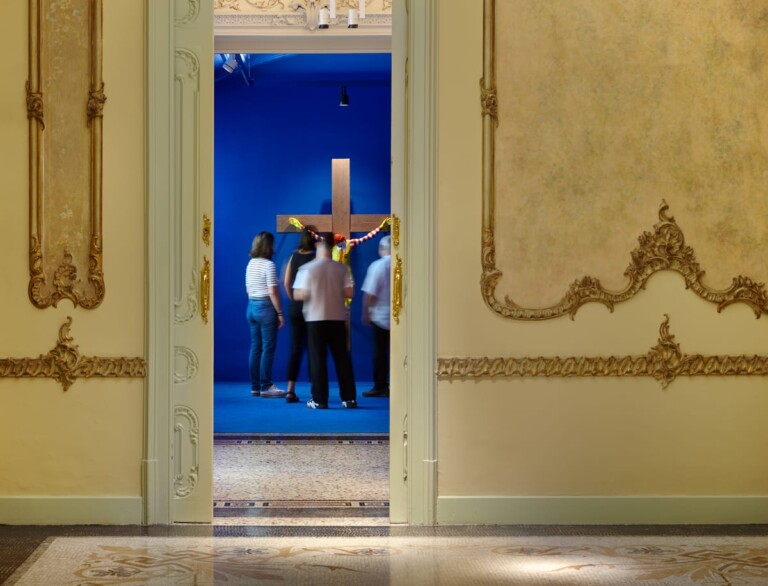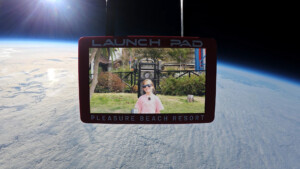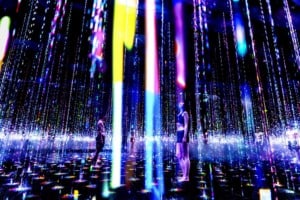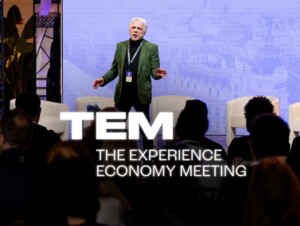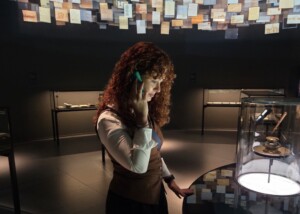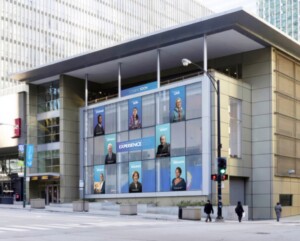The Museu de l’Art Prohibit (Museum of Forbidden Art) has opened in Barcelona as a space for works that have been censored, attacked, denounced or removed from exhibition.
The museum includes paintings, sculptures, engravings, photographs, installations and audiovisual pieces, all previously censored due to political, social or religious reasons.
Guests will see works by artists such as Pablo Picasso, Abel Azcona, Andy Warhol, Ines Doujak, Robert Mapplethorpe, Tania Bruguera, Ai Weiwei, Francisco de Goya, Gustav Klimt and Banksy.
Described as the world’s only museum dedicated to art that has been censored, the Museu de l’Art Prohibit was founded by Tatxo Benet, a journalist and businessman.
“This is the only museum in the world dedicated to art that has been censored,” Benet told the Guardian.
“There are works that perhaps don’t have great artistic merit but their story merits them a place in the museum. That’s what these works have in common and it shows that censorship has failed, because here you can see them. It’s a triumph of freedom of expression.”
Works on view in the new museum include Con Flores a María by Spanish artist Charo Corrales, Piss Christ by American artist and photographer Andres Serrano, Raquel Welch on the Cross by British photographer Terry O’Neill, and Revolucion by Mexican visual artist Fabian Chairez.
Works on view by Picasso and Klimt
Highlights also include artist Illma Gore’s Make America Great Again, which depicts a naked Donald Trump with a tiny penis, Mexican artist Yoshua Okón’s video loop Freedom Fries: Still Life, and Always Franco by Spanish-born artist Eugenio Merino.
Another part of the exhibition showcases a series of works by former prisoners in the Guantánamo Bay internment camp.
“Censorship is really not possible today as it once was; societies are prepared to respond,” Carles Guerra, the museum’s artistic director, told the Telegraph.
Images courtesy of the Museu de l’Art Prohibit
